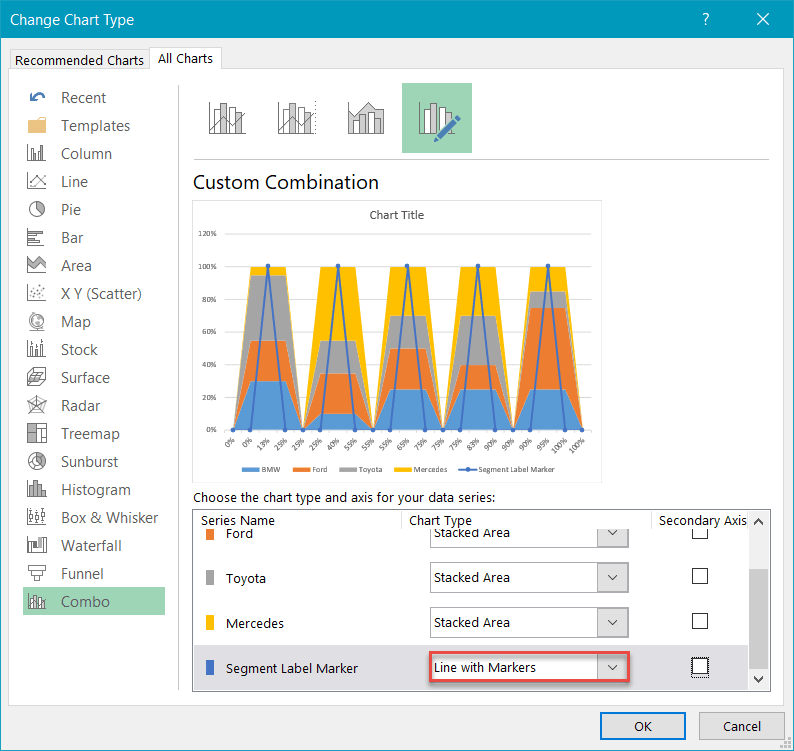


Now we need to change the style and size of the markers.Using the “Format data labels” menu (accessible by right-clicking on the labels themselves), place them at the Center of each point.Add data labels by right-clicking on the line and selecting “Add data labels” from the menu.I’ve also removed the x-axis tick marks you can do so by selecting using the options in the horizontal axis format menu (accessible through the Ribbon, right-clicking, or using the CTRL+1/CMD+1 keyboard shortcut). Delete the horizontal gridlines and the y-axis (simply select each and hit the delete key).There are only six steps to it, so here we go: It’s also quite easy to make this in Excel, so I thought a quick tutorial was in order. I generally like this approach-you keep the same encoding method for the line and adding the labels in this way make for a nice design touch. It’s just a simple line chart with the data labels placed on the point instead of above or below, as is the usual case. While line graphs are used across many different fields for different purposes, they are especially helpful when it is necessary to create a graphical depiction of changes in values over time.I was asked recently if it is possible to make this graph in Excel.

These data points, connected by straight lines, aid in visualization.

Line graphs use data point "markers," which are connected by straight lines. In finance, line graphs are used to create visual representations of values over time, including changes in the prices of securities.While line graphs are used across many different fields for different purposes, their most common function is to create a graphical depiction of changes in values over time.In investing, in the field of technical analysis, line graphs are quite informative in allowing the user to visualize trends.Line graphs consist of two axes: x-axis (horizontal) and y-axis (vertical), graphically denoted as (x,y).A line graph connects individual data points that, typically, display quantitative values over a specified time interval.


 0 kommentar(er)
0 kommentar(er)
